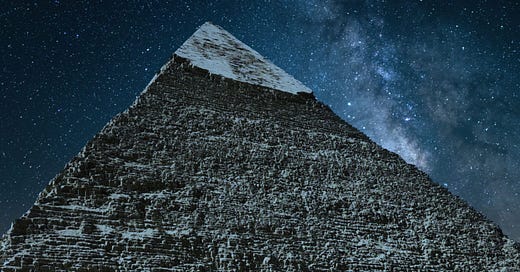When news broke of an enormous subterranean structure supposedly discovered beneath Egypt's Khafre Pyramid, my social media erupted with speculation that these claims made by Corrado Malanaga and Filippo Biondi that their Synthetic Aperture Radar (SAR) had detected a massive complex extending 648 meters below the ancient monument—a finding that would fundamentally alter our understanding of pyramid construction— is fake or misleading at best. But in archaeology, as in science broadly, extraordinary claims demand extraordinary evidence, both ways.
These days the initial impulse in this social media landscape is to categorize such findings as either revolutionary or outright falsehood. The reality, however, often lies in a more nuanced territory.
So, let’s go through the red flags and then the green/yellow flags I could find in this research.
Keep reading with a 7-day free trial
Subscribe to Today I Learned Science to keep reading this post and get 7 days of free access to the full post archives.




